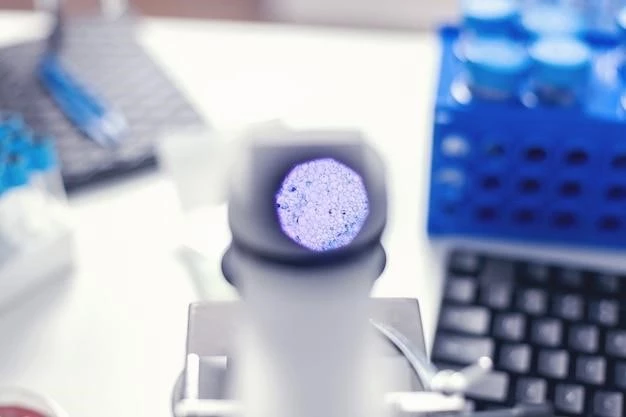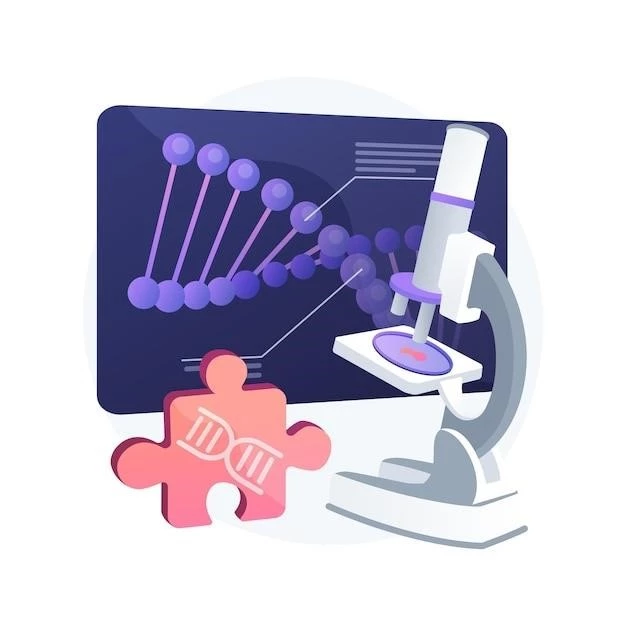Understanding Epidermolysis Bullosa Intraepidermic
Epidermolysis Bullosa Intraepidermic is a skin disorder characterized by blistering due to fragile skin. It is a genetic condition affecting the epidermis. This article will delve into the genetic basis, symptoms, diagnosis n prognosis, treatment options, supportive care, research, and a conclusion.
Introduction to Epidermolysis Bullosa Intraepidermic
Epidermolysis Bullosa Intraepidermic is a rare genetic condition that falls under the broader category of Epidermolysis Bullosa (EB) – a group of inherited diseases. This specific type of EB is characterized by blistering within the epidermis, the outermost layer of the skin. The condition results from defects in the genes responsible for producing proteins essential for the structure and function of the skin.

Individuals with Epidermolysis Bullosa Intraepidermic experience Blisters, Painful sores, and Fragile skin that can easily blister or rub off, leading to open wounds. The severity of symptoms can vary widely among affected individuals, with some experiencing milder forms of the condition while others may have more severe manifestations.
Managing Epidermolysis Bullosa Intraepidermic requires a comprehensive approach that addresses not only the physical symptoms but also the emotional and psychological impact of living with a chronic skin disorder. While there is currently no cure for the condition, various Treatment Options exist to help alleviate symptoms and improve the quality of life for individuals affected by this rare genetic disease.
Understanding the Genetic Basis
Epidermolysis Bullosa Intraepidermic is caused by mutations in specific genes that are crucial for the production of collagen, a protein essential for skin structure and integrity. These mutations lead to a deficiency or dysfunction in the production of collagen within the epidermis, resulting in Fragile skin that is prone to blistering with minor trauma or friction.
The genetic basis of Epidermolysis Bullosa Intraepidermic is inherited in an autosomal dominant pattern, meaning that an affected individual has a 50% chance of passing the mutated gene to their offspring. In some cases, the condition may arise from spontaneous mutations not inherited from parents.
Understanding the specific genetic mutations associated with Epidermolysis Bullosa Intraepidermic is crucial for accurate diagnosis and potentially for the development of targeted therapies in the future. Genetic testing plays a vital role in confirming the diagnosis and identifying carriers of the mutated gene within families at risk of passing the condition on to future generations.
Symptoms and Manifestations
Epidermolysis Bullosa Intraepidermic presents with a range of Symptoms and Manifestations that predominantly affect the skin. The hallmark feature of the condition is the formation of Blisters and Painful sores on the skin in response to minimal trauma or friction. These Blisters can occur anywhere on the body, including the hands, feet, knees, and elbows.
Individuals with this genetic condition may also experience skin thickening, scarring, and nail abnormalities. The fragile nature of the skin can lead to chronic wounds that are slow to heal and may result in secondary infections. Pain and discomfort associated with these symptoms can significantly impact the quality of life of affected individuals.
In severe cases of Epidermolysis Bullosa Intraepidermic, complications such as difficulty swallowing due to blistering in the mouth and esophagus, and fusion of the fingers or toes due to scarring may occur. It is essential for healthcare providers to carefully manage these symptoms and provide appropriate supportive care to minimize complications and improve the overall well-being of patients.
Diagnosis and Prognosis
Diagnosing Epidermolysis Bullosa Intraepidermic typically involves a combination of clinical evaluation, skin biopsies for laboratory analysis, and genetic testing to identify the specific mutations causing the condition. A dermatologist or genetic specialist may be involved in the diagnostic process to confirm the presence of Fragile skin, Blisters, and other characteristic symptoms.
Prognosis for individuals with Epidermolysis Bullosa Intraepidermic varies depending on the severity of symptoms, extent of skin involvement, and presence of complications. While there is currently no cure for the condition, advancements in supportive care and potential gene therapy approaches offer hope for improving the quality of life and outcomes for affected individuals.
Early diagnosis and multidisciplinary management involving dermatologists, wound care specialists, genetic counselors, and other healthcare professionals are crucial in providing comprehensive care and support for individuals living with Epidermolysis Bullosa Intraepidermic. Regular monitoring and proactive treatment strategies can help mitigate potential complications and enhance the overall prognosis for patients.
Treatment Options
Management of Epidermolysis Bullosa Intraepidermic focuses on alleviating symptoms, promoting wound healing, and enhancing overall quality of life for affected individuals. While there is no cure for the condition, various Treatment Options are available to address the specific needs of patients.
Common treatments for Epidermolysis Bullosa Intraepidermic include wound care techniques to protect the skin, prevent infections, and facilitate healing of Blisters and sores. This may involve the use of specialized dressings, gentle cleansing practices, and proper positioning to reduce friction and trauma to the skin.
Medical interventions such as pain management strategies, topical ointments, and antibiotics to manage infections may also be prescribed to address the symptoms associated with Epidermolysis Bullosa Intraepidermic. In severe cases, surgical procedures to address complications like esophageal strictures or hand deformities may be necessary.
Additionally, ongoing advancements in research hold promise for novel therapies, including potential gene editing techniques and regenerative medicine approaches that aim to target the underlying genetic mutations responsible for Epidermolysis Bullosa Intraepidermic. These innovative Treatment Options offer hope for improved outcomes and quality of life for individuals living with this rare genetic condition.
Supportive Care and Lifestyle Management
Supportive Care and Lifestyle Management play a critical role in enhancing the well-being and quality of life of individuals with Epidermolysis Bullosa Intraepidermic. Supportive care measures focus on addressing the physical, emotional, and social aspects of living with a chronic skin disorder, such as providing access to mental health resources and peer support networks.
Effective wound care practices, including regular monitoring of skin integrity, prompt treatment of Blisters and sores, and implementation of preventive measures to minimize skin trauma, are essential components of supportive care for individuals with Epidermolysis Bullosa Intraepidermic. Occupational therapy and physical therapy may also be beneficial in managing functional limitations resulting from the condition.
Lifestyle management strategies aim to optimize daily routines and activities to accommodate the specific needs and challenges associated with Epidermolysis Bullosa Intraepidermic. This may include ergonomic modifications to the home environment, nutritional guidance to support skin health, and strategies to minimize exposure to potential irritants or allergens.
Education and advocacy initiatives are key aspects of supportive care, ensuring that individuals affected by Epidermolysis Bullosa Intraepidermic receive comprehensive information about their condition, treatment options, and available support services. By fostering a multidisciplinary approach to care and empowering patients to actively participate in their management, healthcare providers can help individuals navigate the complexities of living with a rare genetic skin disorder;
Research and Innovations
Ongoing Research and Innovations in the field of Epidermolysis Bullosa Intraepidermic are focused on advancing our understanding of the underlying genetic mechanisms, exploring novel treatment modalities, and improving outcomes for individuals affected by this rare genetic condition. Research efforts encompass a wide range of disciplines, including genetics, dermatology, regenerative medicine, and molecular biology.
One area of research interest centers on gene editing technologies, such as CRISPR-Cas9, which hold promise for correcting the genetic mutations responsible for Epidermolysis Bullosa Intraepidermic. By targeting and repairing specific gene defects, researchers aim to develop targeted therapies that address the root cause of the condition, offering potential cures or long-term disease management options.
Innovations in regenerative medicine, including the use of stem cell therapies and tissue engineering techniques, are also being explored as potential treatments for Epidermolysis Bullosa Intraepidermic. These approaches seek to repair or replace damaged skin tissue, promote wound healing, and improve skin strength and resilience in individuals with the condition.
Clinical trials investigating novel medications, wound care strategies, and supportive care interventions are essential components of research in Epidermolysis Bullosa Intraepidermic. Collaborative efforts among researchers, healthcare providers, advocacy organizations, and affected individuals are driving progress toward improved therapeutic options and better management of the disease.
Conclusion
In conclusion, Epidermolysis Bullosa Intraepidermic is a complex genetic condition characterized by blistering, fragile skin, and potential complications that impact the quality of life of affected individuals. While the disease presents challenges in terms of diagnosis, management, and prognosis, ongoing advancements in research and treatment offer hope for the future.
Understanding the genetic basis of Epidermolysis Bullosa Intraepidermic is crucial for accurate diagnosis and development of targeted therapies. Treatment Options, including wound care, pain management, and potential gene editing techniques, are essential in alleviating symptoms and enhancing outcomes for patients.
Supportive Care and Lifestyle Management strategies play a vital role in providing holistic care for individuals living with Epidermolysis Bullosa Intraepidermic. By addressing physical, emotional, and social needs, healthcare providers can help improve the overall well-being and resilience of patients facing this rare genetic skin disorder.
Research and Innovations in the field hold promise for novel therapies and potential cures for Epidermolysis Bullosa Intraepidermic. Collaborative efforts among researchers, healthcare professionals, and advocacy groups are instrumental in driving progress toward improved treatments and better outcomes for individuals affected by this challenging condition.
